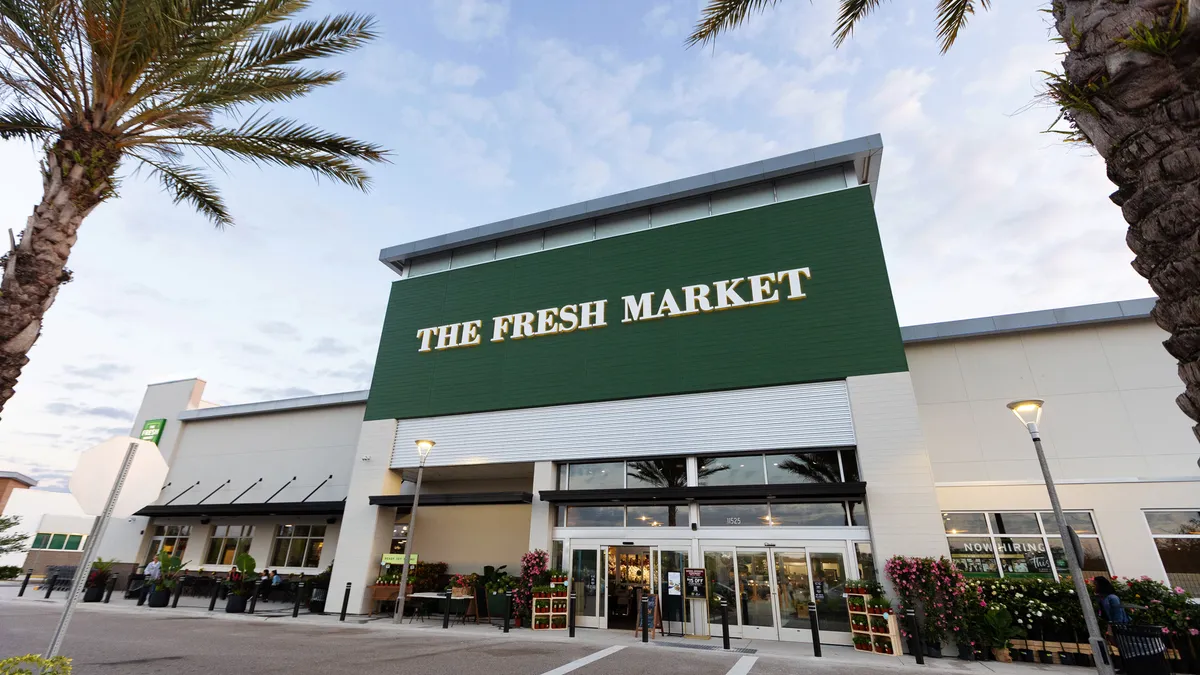Georg Richter is founder and CEO of OceanX, which is reinventing the membership economy by transforming customer-brand interactions and providing a powerful engine for subscriptions. Georg specializes in implementing next-generation technologies and innovative software solutions that transform industries.
Consumer packaged goods’ e-commerce sales skyrocketed by 42% in 2015, with most of that growth fueled by Amazon Prime sales. That same year, Amazon’s Subscribe & Save grew 200 percent year-over-year and accounted for more than 20% of all CPG growth. But that’s not all. Last year, Amazon sales made up nearly half of all online sales — and more than half of online sales growth. And that’s before the wide adoption of Alexa, which promised frictionless voice-controlled shopping.
New York University professor Scott Galloway recently argued that “Amazon is out to destroy brands” as it evolves to dominate retail. While Amazon will undoubtedly keep evolving, there’s space for CPG brands to leverage the personalization and customization of their products to compete in the direct-to-consumer space. More importantly, as Amazon continues to grow, brands need to make sure they start to own a piece of the conversation and connect directly with consumers.
Amazon makes its deliveries simple and fast. Its plain brown packaging contains exactly what the customer ordered, without any flair or heart involved.
Modern subscription companies, on the other hand, need to offer a more personalized, curated delivery. These packages often include a surprise, exclusive products, or educational content — like a recipe card — so subscribers know how to use the items they’ve just received. The recipient of the box feels like the company really “gets” him. It’s a starkly different experience from ordering on Amazon.
Sure, consumers can get many of the top CPG brands’ products in their subscription boxes through Amazon. But companies that handle their distribution independently have a chance to personally connect with customers, as well as own the purchase and contact information for those customers.
Owning this information allows companies to build a database and analyze purchase behavior to identify their customers’ wants and needs and connect with them on a personal level. Their subscribers also create an immediate focus group for testing new products or offerings.
Create a competitive subscription service
The beauty of subscription businesses is that they come in iterations. Tinkering and improving is part of the game. Here are three strategies consumer packaged goods decisionmakers can employ to launch their own subscription services:
1. Find a channel owner who can handle conflict.
Adding a subscription service as a new sales channel involves changes to the business, and change isn’t always easy. Other channels may feel threatened, resulting in possible conflict. Only a truly empowered leader can tackle these issues and make such a venture successful. Promote someone who has great communication skills and understands how to connect with customers to launch your direct-to-consumer subscription service.
In larger organizations, consider avoiding the traditional corporate ladder and hierarchy, which can hamper decision-making and real-time reactions to market conditions. Amazon is improving every day, and slower and more traditional CPGs need to catch up with the pace of change. The traditional top-down management system is holding companies back. It’s important to embrace employee empowerment. Now is the time to look at younger employees who are exhibiting management finesse and technology know-how. Build the subscription service channel with these forward thinkers.
2. Set up a sizable test.
When introducing a subscription, CPG brands will want to do a trial run first. The test size should be large enough that the results are statistically relevant, and the trial should be marketed on parallel digital channels. The base component of the test is the offer itself. Offer various options — think frequency of delivery, number of products, and offer and price configurations — allowing executives to determine the best product offering.
The results should incorporate thousands of subscription orders and clearly point toward a winning offer with a justifiable cost per order — in this case, the cost of the test segment divided by the resulting orders. Companies need to consider the scalability of a campaign, as well as the ultimate cost. The next step is to determine the frequency of the subscription and, thus, the lifetime value of the customer. This lifetime value has to be significantly higher than the cost per order for the campaign to be considered successful.
And don’t stop testing! Continuous testing is part of this business model. Digital channels and the marketing environment are ever-evolving. What works today won’t necessarily work tomorrow. In fact, AmazonFresh recently did away with its controversial $299 annual Prime Fresh subscription in favor of a $14.99-per-month subscription, available to Amazon Prime members. The savings to consumers aren’t significant, but the monthly fee is more palatable.
3. Select an experienced subscription-focused technology partner or adviser.
Research is imperative. This new membership economy is relatively young, and there are limited choices among experienced vendors. Many companies find it easier to start with an inexpensive “pay as you go” solution that incorporates different programs for e-commerce, fulfillment, analytics and customer service. While easy to access and set up, these systems aren’t scalable and don’t communicate with one another to provide the data needed to assess and run a business.
A successful subscription requires sophistication and variability. Research competitors and companies with similar offerings. Involve a technically experienced executive to work toward a fully integrated end-to-end solution. This will result in frictionless transactions and accurate data, allowing the company to optimize sales and results.
Subscription services are continuing to grow. 2016 saw the food and apparel industries expanding their presence in the subscription arena, and that’s only expected to increase in 2017 as busy families continue to look for healthy options. By setting up a solid testing environment, staying on top of the data, incorporating a fully integrated system, and leveraging key talent, consumer packaged goods companies can establish themselves as a force in this space.









